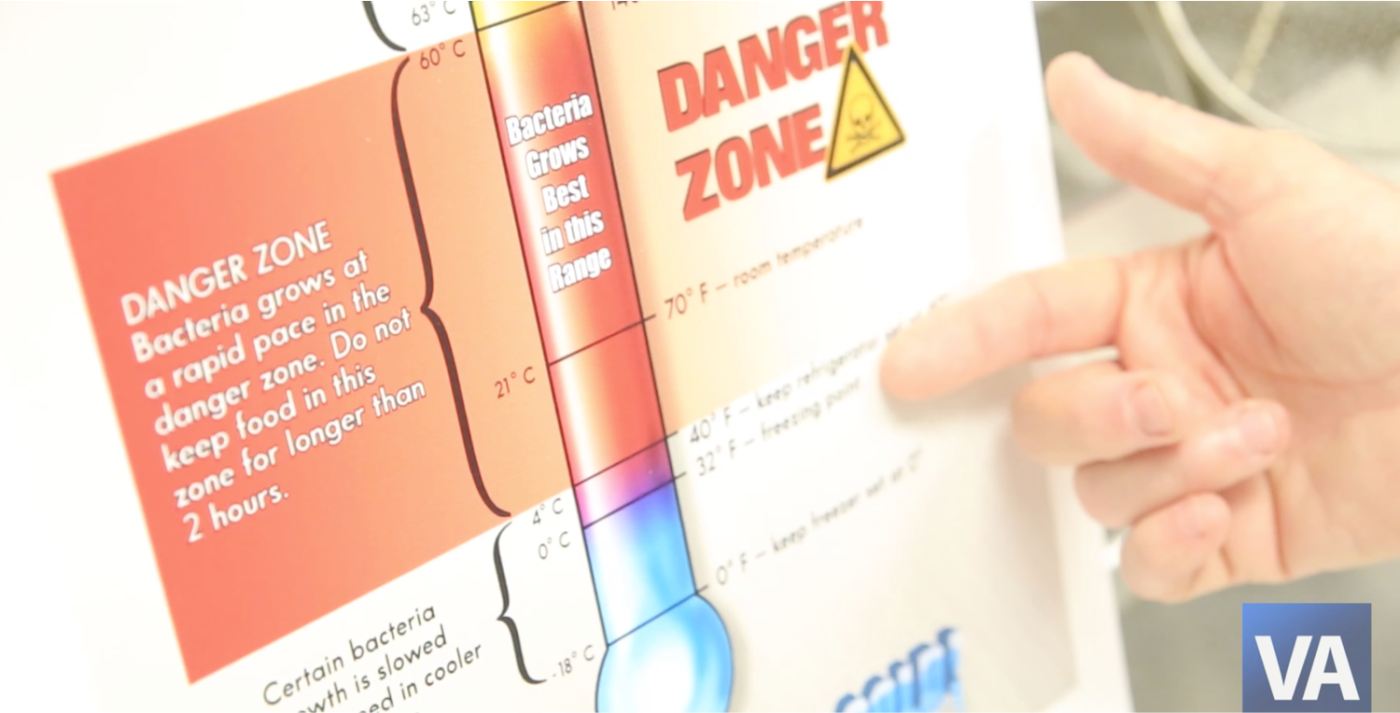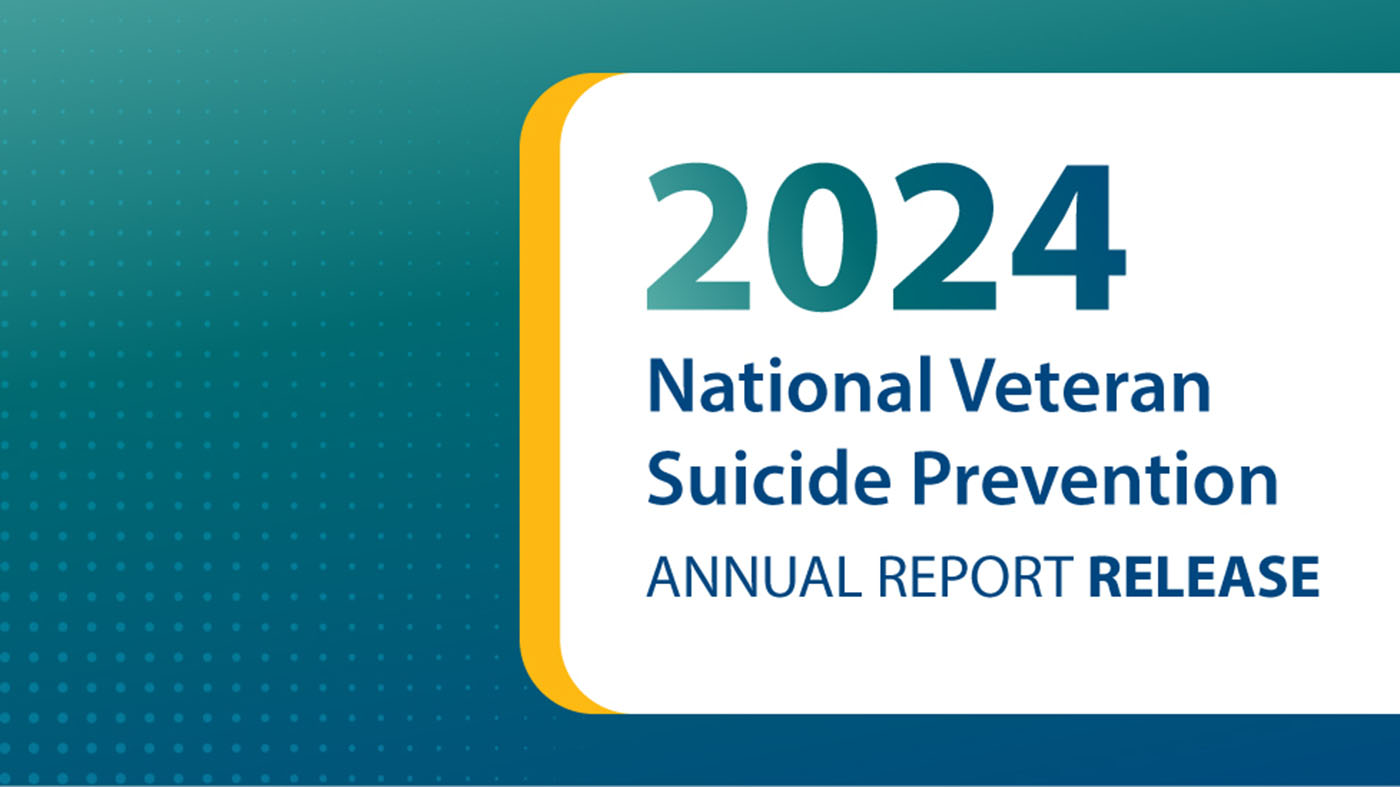Will you be one of six Americans sickened from food-borne illnesses this year? Consider this: how many different places and people can a single food pass through from the farm to your plate? To prevent food-borne illnesses, keep the following recommendations in mind: clean, separate, cook and chill.
Clean: Washing hands, utensils and surfaces often and correctly, is an important first step to keep bacteria from multiplying in the kitchen. Wash hands often – for example: before, during and after food preparation, visiting the bathroom, touching pets, coughing or sneezing. Wash hands with warm water and soap for at least 20 seconds (sing “Happy Birthday”- twice). Wash and clean any utensils, cutting boards and counter surfaces where food has been prepared right after use. And be mindful of the cloth you use to clean these items: frequently used wash cloths and dish-cleaning sponges can harbor bacteria. Paper towels work best; but if using cloths wash them often in hot water of machine cycle. And, remember, cloth grocery bags help the environment –but they need frequent washing and sanitizing, too.
Separate: To avoid cross-contamination in the kitchen, it is advised to keep raw foods separate from ready-to-eat foods. So, make sure the grocery store baggers use separate bags for the meats, meat substitutes, eggs. At home, store these raw foods on lower refrigerator shelf to prevent juices or liquids from these items to drip onto other, ready-to-eat foods. Freeze any raw foods not cooked in 2-3 days from purchase. And, eggs need to be stored on a refrigerator shelf, not in the door of the refrigerator, for best and constant temperature.
Cook: If food is undercooked, or not kept at the right temperature after cooking, bacteria can thrive. Relying on how a food looks or smells can lead you astray and increase the risk of food-borne illnesses. Do you know what the danger zone is related to food temperature and bacteria? The answer: food temperatures between 40 degrees and 140 degrees (Fahrenheit) allow bacteria to increase rapidly. The essential tool needed for knowing if food is cooked to a safe temperature is a food thermometer. Keep cooked foods hot and above 140 degrees (F) – even after achieving the minimum cooking temperature and before storing food away. Minimum cooking temperature when microwaving foods is 165 degrees (F). And, barbequing and smoking foods need proper cooking temperatures, also.
Chill: Not only is cooking food to a proper temperature crucial for food safety, but refrigerating perishable foods quickly after cooking minimizes food-borne illness risk. Proper cold and freezing temperatures slow bacteria growth in food cooked, eaten or for kept for use another day. Keep refrigerator temperatures around 40 to 32 degrees (F) and freezer temperatures at zero or below. Appliance thermometers are needed tools for knowing refrigerator and freezer temperatures. Refrigerate perishable foods within two hours – within one hour during the days of summer. Remember the safest thawing of food occurs in the refrigerator. With extra care, cold water and/or the microwave thawing can be used. Avoid counter-top thawing! Cook-chill take away message: Keep it hot, keep it cold – or throw it out!
By following the tips for clean, separate, cook and chill you can minimize risk of food-borne contamination and illness – assuring you and your family a lifetime of healthy dining! Find more information and tips about preventing food-borne illness and contamination at FoodSafety.gov.

Topics in this story
More Stories
The Medical Foster Home program offers Veterans an alternative to nursing homes.
Watch the Under Secretary for Health and a panel of experts discuss VA Health Connect tele-emergency care.
The 2024 National Veteran Suicide Prevention Annual Report provides the foundation for VA’s suicide prevention programs and initiatives.







I’m always disgusted when I see people go to one of those hamburger/hotdog stores and they quickly reheat them so they are the right temperature to eat. Do they forgot they have to bring them back to 100 degrees celsius to kill off all the bacteria? It always grosses me out.